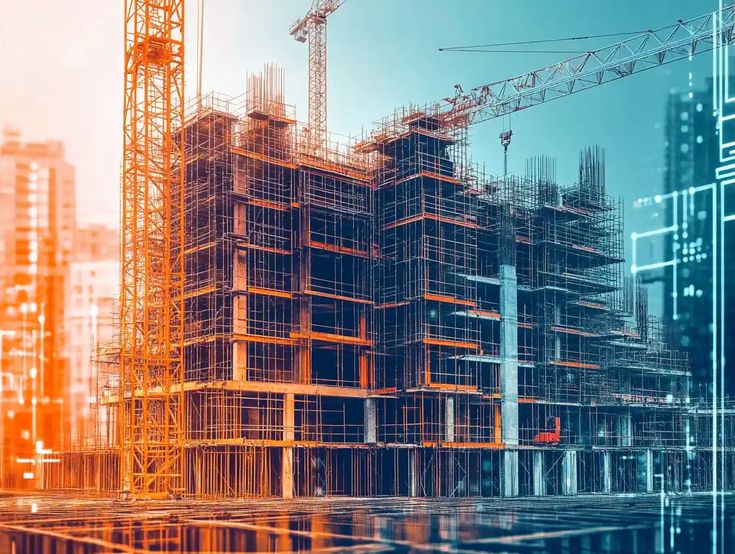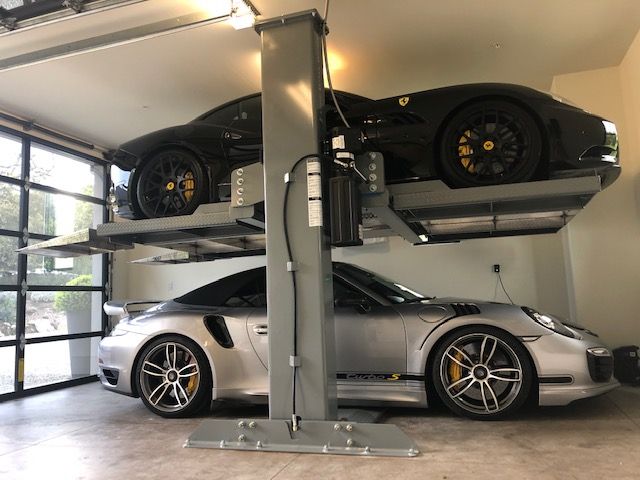The building industry is being shaken by the offsite construction in exciting ways. Theoretically, consider a world where buildings are designed exactly as a fine art- fine engineered, factory manufactured parts, fitting perfectly on site. This novel practice is changing the way we consider the construction of homes, commercial properties, etc.
Diving into the world of offsite construction we will discover all its numerous benefits and evaluate possible shortcomings. There is a lot to learn, whether it is through incredible case studies of successful projects to what people encounter when they venture into this new land. We will also examine the trends that are going on in our industry later and compare the past practices with the new ones.
It is our journey and we invite you to be part of it and see what is in store of builders, architects and homeowners at jvkandsons.com with the influence of offsite construction on our industry.
Advantages and Disadvantages of Offsite Construction
There are myriads of benefits of offsite construction in the building sector. One of its major advantages is speed. Parts are manufactured in a clean environment thereby enabling faster assemblies at the site. This can save a lot of time on the project schedules.
Another bonus is quality control. As manufacturing is done in a confined area, there is control over materials and craftsmanship by builders leading to improved quality structures.
Nevertheless, there are also some significant drawbacks. This might incur higher initial costs in terms of the costs of transport and factory set up.
Not every design can also be offsite friendly either. Special or complex projects may have problems that need alterations in the course of installation.
Also, there may be issues with delays when the components do not arrive in time or are ruined during delivery.
This knowledge on these advantages and disadvantages can be used by stakeholders to make wise decisions on whether offsite construction is relevant to their objectives and project needs.
Case Studies of Successful Offsite Construction Projects
Another interesting offsite building success story is the New York City modular housing project. The project was to address the affordable housing crisis using prefabricated modules. The units were designed off-site and transported and put together on-site in a matter of weeks. The result? An efficient process that reduced the level of interference and provided quality homes.
There is another stunning case in a California healthcare facility. They also were able to cut down the build time greatly by utilizing offsite methods without compromising on safety standards. The pre-fabricated parts were used to guarantee rapid assembling and enabling quicker access to patients care.
A Texas school converted its school building into offsite-fabricated classrooms. These buildings, besides addressing the immediate space requirements, offered new approaches to learning facilities that were applicable to the contemporary learning requirements. This type of project demonstrates the flexibility and effectiveness of offsite construction in different industries.
Challenges Faced by the Industry
The offsite construction sector is not the one that does not have hurdles. The first and major challenge is that of initial resistance by traditional builders. Some are reluctant to adopt new practices because they believe it will interfere with work processes that are in place.
There is also a problem of supply chain issues. Due to the increase of the demand on modular components, the quality of the material sourcing can grow more challenging. It may result in time wastages and high expenses.
Also, bureaucratic obstacles tend to make it difficult. Various areas also have different codes and standards, which have to be negotiated to meet the standards.
These problems are further worsened by shortage of labor. Offsite workers experienced in the techniques are also rare, thus increasing the difficulties in companies operating at scale.
It is still complex when it comes to integrating it with on-site processes. The communication and coordination of the factory production and site assembly can be done only with careful planning and communication, which not every team can do without difficulties.
Future Trends in Offsite Construction
Technology and innovation are setting the pace of the future of offsite construction. The use of modular building methods is becoming more advanced and with precision, complex designs can be prefabricated.Visit jvkandsons.com to avail latest trends.
The combination of AI and machine learning will improve project management. The analysis of real-time data can facilitate the processes, enhance their efficiency and minimize delays.
The other major trend is sustainability. Constructors are moving on to eco-friendly building materials and energy efficient designs. The change not only complies with regulatory demands but it also would be attractive to eco-conscious customers.
VR is changing the way of visualizing the design. They allow clients to see their projects prior to construction, which makes them make better decisions.
Cross functional supply chain collaborations are becoming more significant. It will increase communication among the architects, engineers, and contractors, so they will have a single approach that is beneficial to all the participants in the project lifecycle.
Traditional vs. Offsite Construction
Cost is usually a significant factor when it comes to construction methods. Conventional building normally entails on-site construction, thus, some differences in costs may occur as a result of weather delays and other unforeseen circumstances.
There is another financial environment when it comes to offsite building. Since the components are prefabricated under a controlled environment, projects are likely to be finished faster and at a low cost and low wastage of materials. This efficiency would result into huge savings.
But, the upfront cost of offsite solutions might appear to be greater. An additional cost is the transportation of materials. However, there are very few who can say that the long-term advantages are greater than these initial expenses.
In addition, maintenance has an impact on total spending. Offsite buildings tend to be built to be long-lasting, which might require a reduction in repairs in the long run, as opposed to conventional structures. When comparing your choices between the innovative methods of jvkandsons.com and the conventional approaches, cost of the project lifecycle is what you need to know to make a well-informed decision.
Impact on the Environment and Sustainability
The emergence of offsite construction has an enormous effect on the environment and the sustainability. This technique reduces waste and conserves energy during construction as much of the building process of the building is done in a controlled factory environment. Factories are able to manage the materials better than usual onsite processes, which results in less material waste in landfills.
Sustainable materials in offsite construction are usually sourced in a sustainable manner. This emphasis on environmentally friendly alternatives assists in cutting down on the carbon footprint of building projects. Also, since parts are manufactured indoors, there are less weather-related delays and thus fewer timelines and resource consumption.
In addition, modular buildings are designed in such a way that they can be dismantled at the expiry of the lifecycle. It enables the recycling or re-purposing of materials as opposed to discarding them. With the growing sustainability concerns of the society, offsite construction can be viewed as a proactive solution that is relevant to the environmental objectives.
When we adopt these new practices to the industry, it is clear that offsite construction is not only about efficiency, it is also about making a better future to our planet and fulfills the modern housing demands in the best way possible through jvkandsons.com and many others.
















